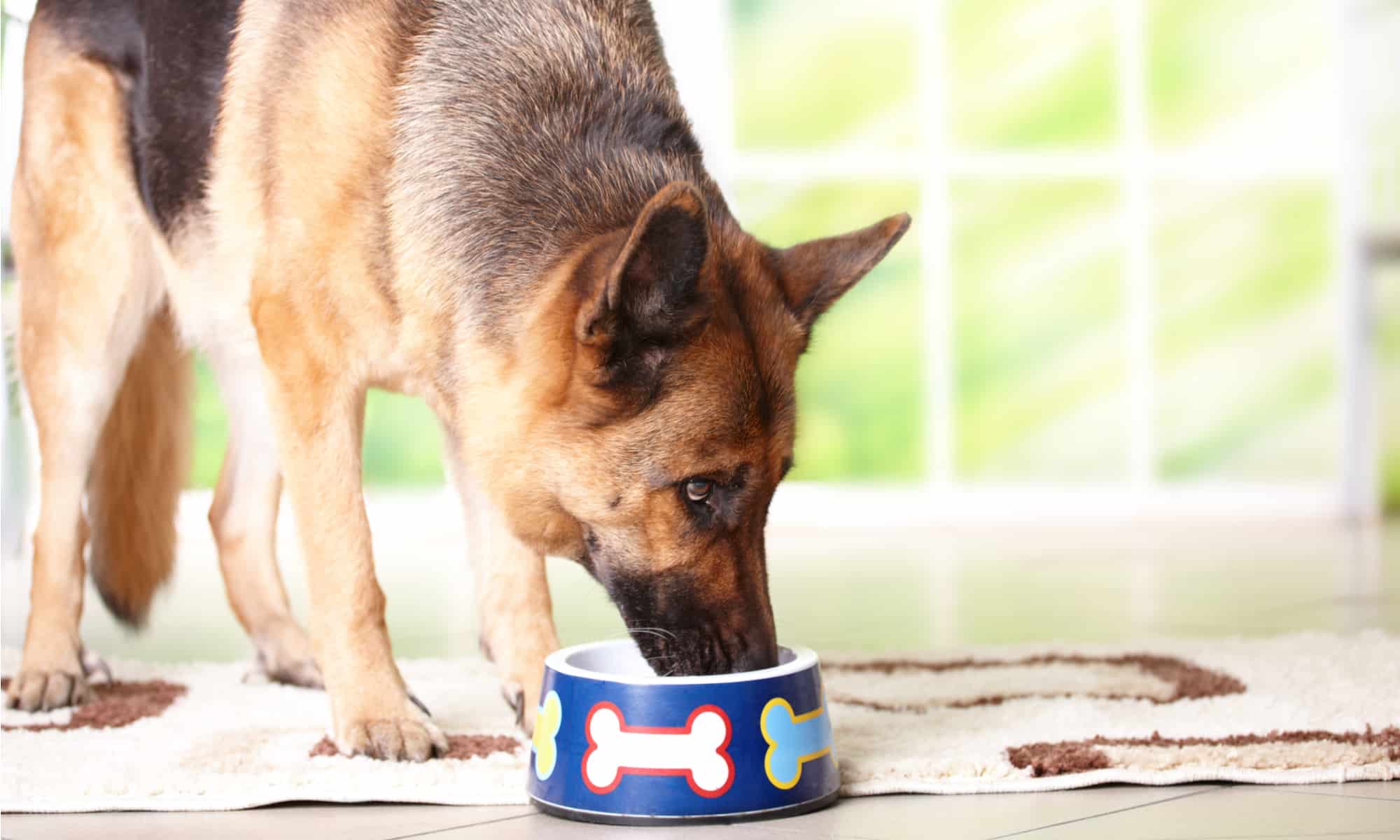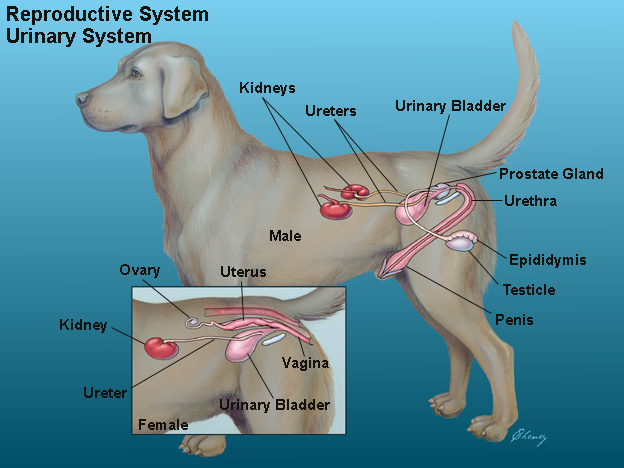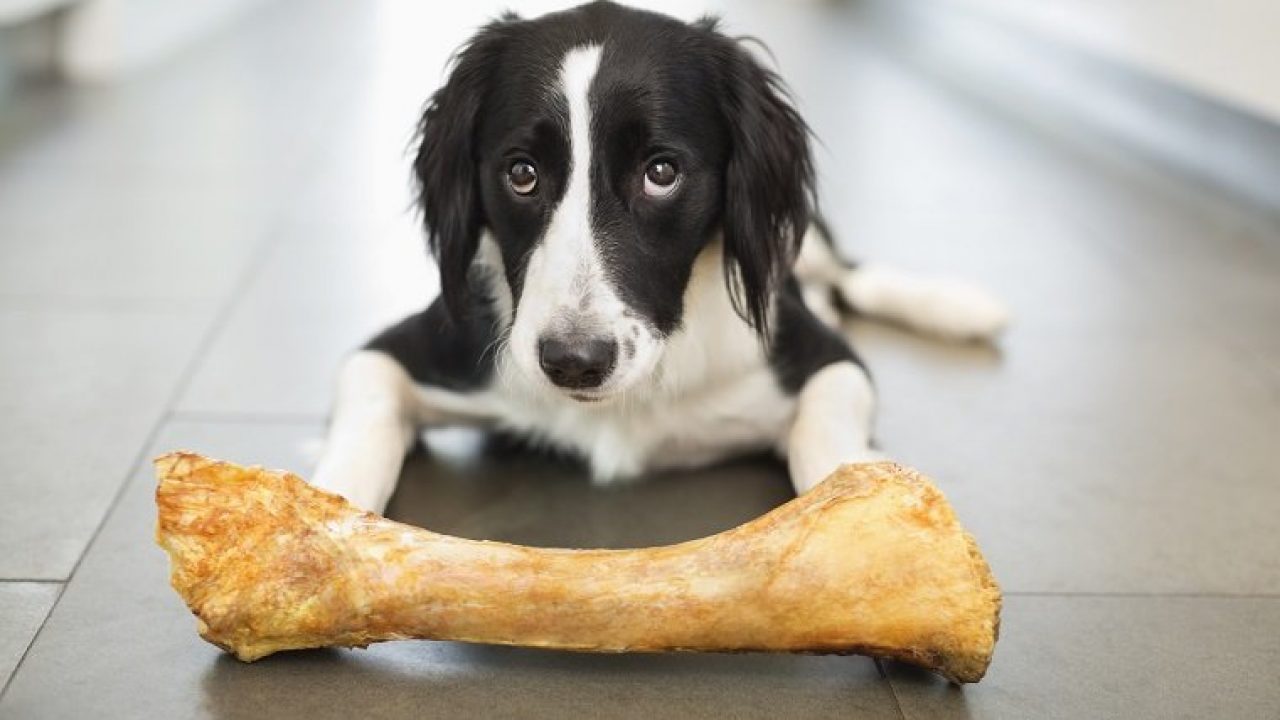Understanding Dog Canine Litter Size:
Dog Canine Litter Size of puppies in the world is an exciting aspect of canine ownership, but it’s essential to understand the factors that influence litter size and the responsibilities that come with it. In this comprehensive guide, we will delve into the various aspects of how many litters a dog can have and what factors contribute to the size of a canine litter.
Factors Influencing Litter Size:
- Breed Differences: a. Small breeds vs. large breeds – exploring the impact of size on litter size. b. Purebred vs. mixed breeds – understanding how genetics play a role.
- Age of the Dog: a. Impact of age on fertility – discussing how a dog’s age can influence reproductive capabilities. b. Optimal breeding age – determining the ideal age for breeding.
- Health and Genetics: a. Genetic predispositions – identifying hereditary factors affecting litter size. b. Health conditions affecting fertility – recognizing health issues that can impact reproduction.

Average Litter Size:
- General Statistics: a. Providing an overview of typical canine litter sizes. b. Discussing variations in litter size within breeds.
- Specific Breed Examples: a. Examining litter sizes in different breeds. b. Highlighting factors that contribute to breed-specific variations.
The Reproductive Process:
- Estrous Cycle: a. Phases of the oestrous cycle – understanding the canine reproductive cycle. b. Timing of breeding – identifying the optimal time for successful mating.
- Pregnancy in Dogs: a. Duration of pregnancy – discussing the gestation period in canines. b. Signs of pregnancy – recognizing the physical and behavioural indications.
Care and Management During Pregnancy:
- Nutritional Needs: a. Importance of a balanced diet – providing the right nutrition for a pregnant dog. b. Dietary supplements during pregnancy – understanding additional nutritional requirements.
- Veterinary Care: a. Regular check-ups – emphasizing the significance of veterinary monitoring. b. Monitoring for potential complications – being aware of signs that may indicate problems.
Whelping Process:
- Signs of Labor: a. Behavioral changes – recognizing shifts in the dog’s behaviour. b. Physical indicators – understanding the physical signs of labour.
- Assisting the Whelping Process: a. Knowing when intervention is necessary – recognizing when to seek assistance. b. Common complications and their management – addressing potential challenges during labour.
Postpartum Care:
- Maternal Care of Puppies: a. Bonding with the litter – fostering a positive maternal connection. b. Providing a suitable environment – ensuring a safe and comfortable space for the mother and puppies.
- Monitoring Health: a. Common postpartum health issues – being vigilant for potential problems. b. Veterinary follow-up care – scheduling postpartum check-ups for both the mother and puppies.
Considerations for Responsible Breeding:
- Ethical Practices: a. Encouraging ethical breeding practices – promoting responsible breeding standards. b. Preventing overbreeding – discussing the importance of controlled breeding.
- Responsible Ownership: a. Emphasizing responsible ownership – advocating for the well-being of both the parent and offspring. b. Pet population control – addressing the larger issue of controlling the pet population.
Conclusion:
In conclusion, understanding how many litters a dog can have involves a nuanced exploration of various factors, from breed differences to the health and age of the dog. Responsible breeding practices, coupled with attentive care during pregnancy and the postpartum period, contribute to the well-being of both the mother and her puppies. By arming ourselves with knowledge, we can ensure the health and happiness of our canine companions and contribute to a more responsible pet ownership culture.
Frequently Asked Questions (FAQs) about Canine Litter Size
1. What factors influence the size of a dog’s litter?
- The size of a dog’s litter can be influenced by factors such as breed, age, health, and genetics. Small breeds tend to have fewer puppies than larger breeds, while the age of the dog and its overall health can impact fertility and litter size.
2. Are there specific breeds known for having larger or smaller litters?
- Yes, there are variations among breeds. Generally, larger breeds may have larger litters, but there are exceptions. Some breeds are known for having consistent litter sizes, while others may show more variability.
3. At what age can a dog start breeding, and when is the optimal breeding age?
- Dogs can start breeding as early as six months, but the optimal age varies by breed. Generally, waiting until the dog is at least 1 to 2 years old allows for better physical and reproductive maturity.
4. How long is a dog’s gestation period, and what are the signs of pregnancy?
- The gestation period for dogs is approximately 63 days. Signs of pregnancy include behavioural changes, weight gain, and changes in appetite. A veterinarian can confirm pregnancy through physical exams or imaging techniques.
5. What should be considered during a dog’s pregnancy for optimal health?
- Providing a balanced diet, ensuring proper nutrition and regular veterinary check-ups are crucial during pregnancy. Supplements may be recommended, and any signs of complications should be addressed promptly.









